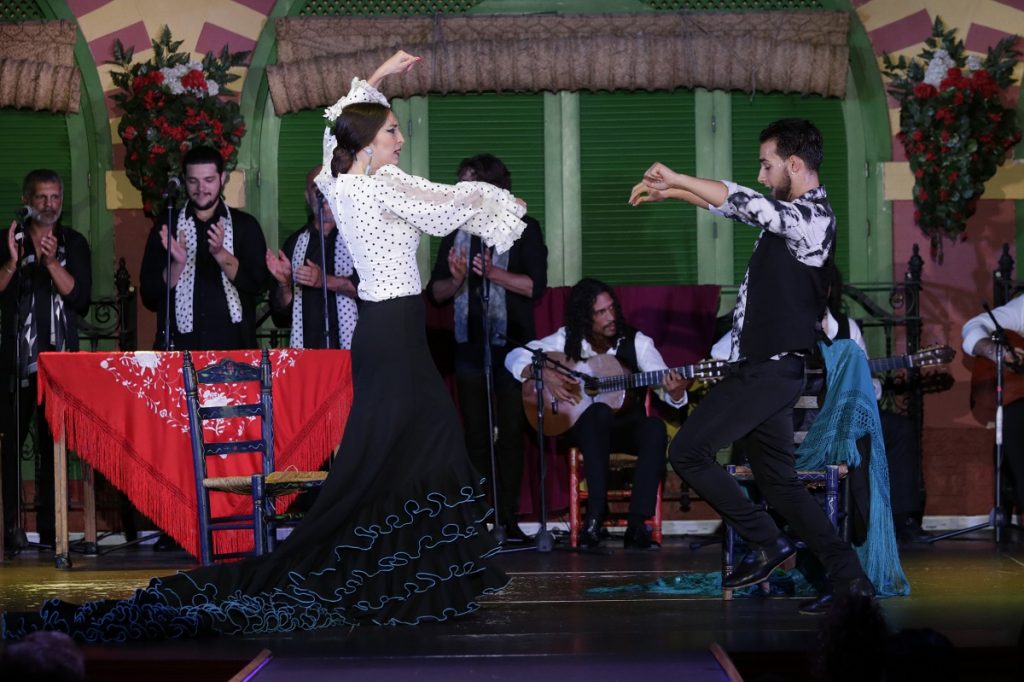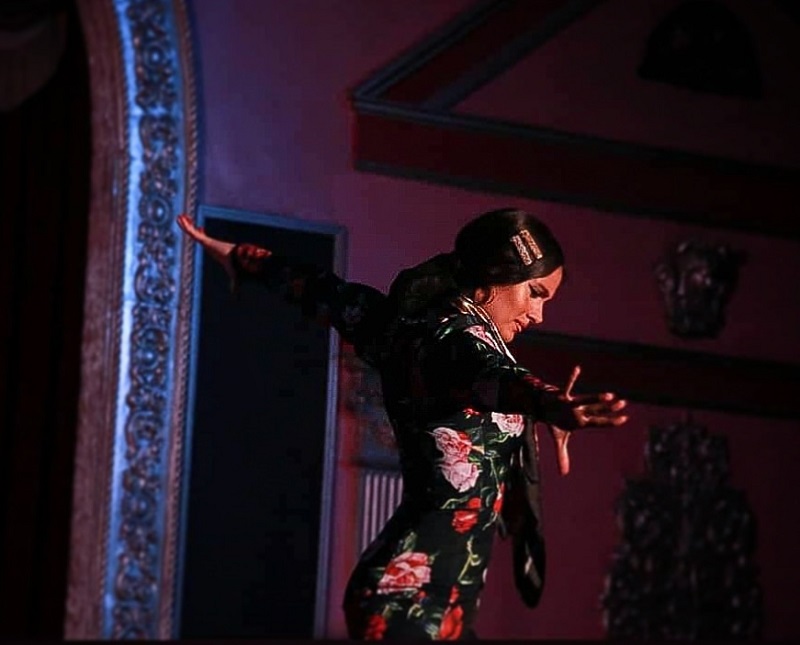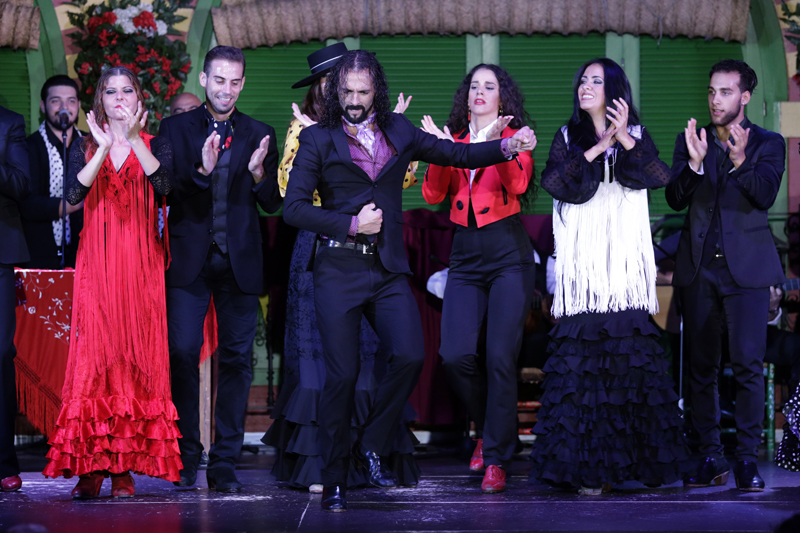
It is not the first time that we discussed the theme of flamenco dance in our blog, although we had not stopped so far in one of the most significant aspects of its execution: the difference between the dance of men and women. Have you noticed that even if they dance the same style, they don’t do it exactly the same?
These differences are appreciated at an expressive level, that is, during the interpretation of flamenco dance, because the technique acquired by the man and the woman during the learning process is the same, what happens is that when they dance, they do it slightly differently, true?
Flamenco dance, like dance in general, has evolved over time and, it is true that in the past the difference between the way women danced with the sobriety of men was more significant. At present, these lines are not so marked, although characteristics of one and another dance continue to be appreciated.
Both ways of dancing have aspects that differentiate them, but they also have others that are common, such as:
Body torsions are those movements that dancers make in which the torso looks for one side and the legs for another. They are movements that demand strength, but that embellish the dance.
Other movements that are common to the man and the woman are the rapids, that is, those that are like a kind of outburst, which occur for example, when a letter is finished, or when there is a closing. These are the moments that start the “ole” from the public and, sometimes, cannot be described in words.
If you go to a flamenco show, the most significant and obvious difference is the clothing. The woman, with flamenco dress or skirt, and the man with pants and shirt. This is obvious. Let’s see other details, which are also evident, but that can go unnoticed for those who see a flamenco performance for the first time.
If you look at the attitude or way that one and the other has when dancing, the woman uses her hips more, bends a little more, raises her waist more and plays with the sensuality of the chest and the swinging of the arms. Instead, the man has more leg strength, more firmness, dances more on the ground, using his arms more straight than the woman.
As for the movement of hands, the women and the men dancers do it differently. In the case of women, the movement is done by separating the fingers, with a game of these in different directions, putting the middle finger inward and opening the fingers with a very soft twist of the wrist. The hands alone convey a special charm to the dance.

If we look at how the man does it, we will see how, unlike the woman, he does not open his fingers, he has them slightly together and they usually move from the inside out, with more intensity and energy in the rotation of the wrist.
In the case of turns, the ‘vuelta quebrada’ is one of the most used by women. They do it this way to be able to move the dress or skirt, because while they rotate they cause the movement of the dress. However, men resort to the ‘vuelta de tacón’, a twist that has a lot of strength and with which it raises its body a lot.
We have reviewed the common features and differences of the flamenco dance of men and women, let’s now see what movements and attitudes characterize one and the other.
The dance of the woman is characterized by making closed movements, going more to the center of the body than to the outside, taking the form of swinging and swaying. These swinging movements are widely used in the “falsetas”, which are those moments when the dancer rests the dance.
If there is something that identifies the woman’s dance, they are the movements she performs with the body in an elegant, delicate way and with a great power of seduction. The trunk tilts in all directions, accompanying it with the gentle movement of the hips. But it is also very characteristic the rapid movement of shoulders, which is used so much to finish off other movements.

If we were to define with a single word the movements and attitudes that characterize the dance of man in flamenco, the most appropriate would be sobriety. The dance of the man is sober, with special attention to the movement of arms and head that he does during his execution.
Unlike women, the man’s trunk movement is not as pronounced and only moves it forward or backward. The hips do not wiggle either, but they do give special importance to the zapateado.
Without a doubt, the best way to put this knowledge into practice is to attend a live flamenco show and see how each and every one performs each flamenco style. At El Palacio Andaluz, we invite you to verify these differences during the interpretation of the flamenco dance of the women and men who participate in our daily shows.
You will see how they move and, above all, the art they have. If you visit Seville, do not hesitate to make your reservation online to not miss a unique flamenco show in Andalusia. Check out how he is flamenco dance of man and woman in the first person. We will wait for you!
© 2023 El Palacio Andaluz. All rights reserved.